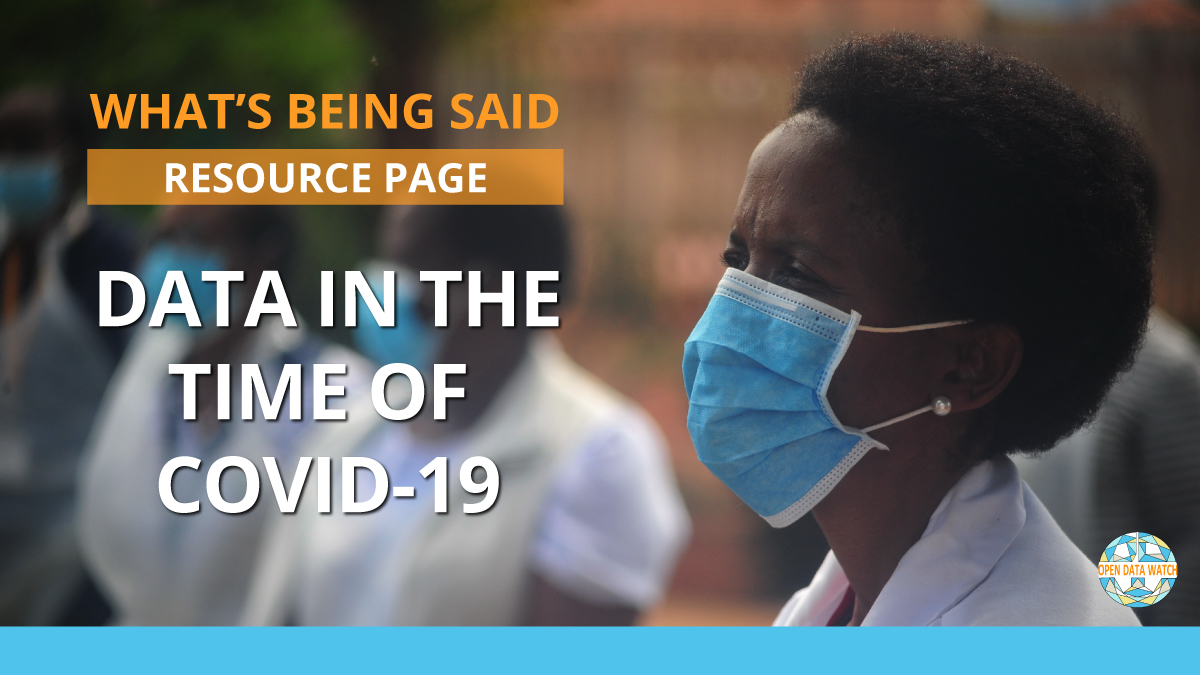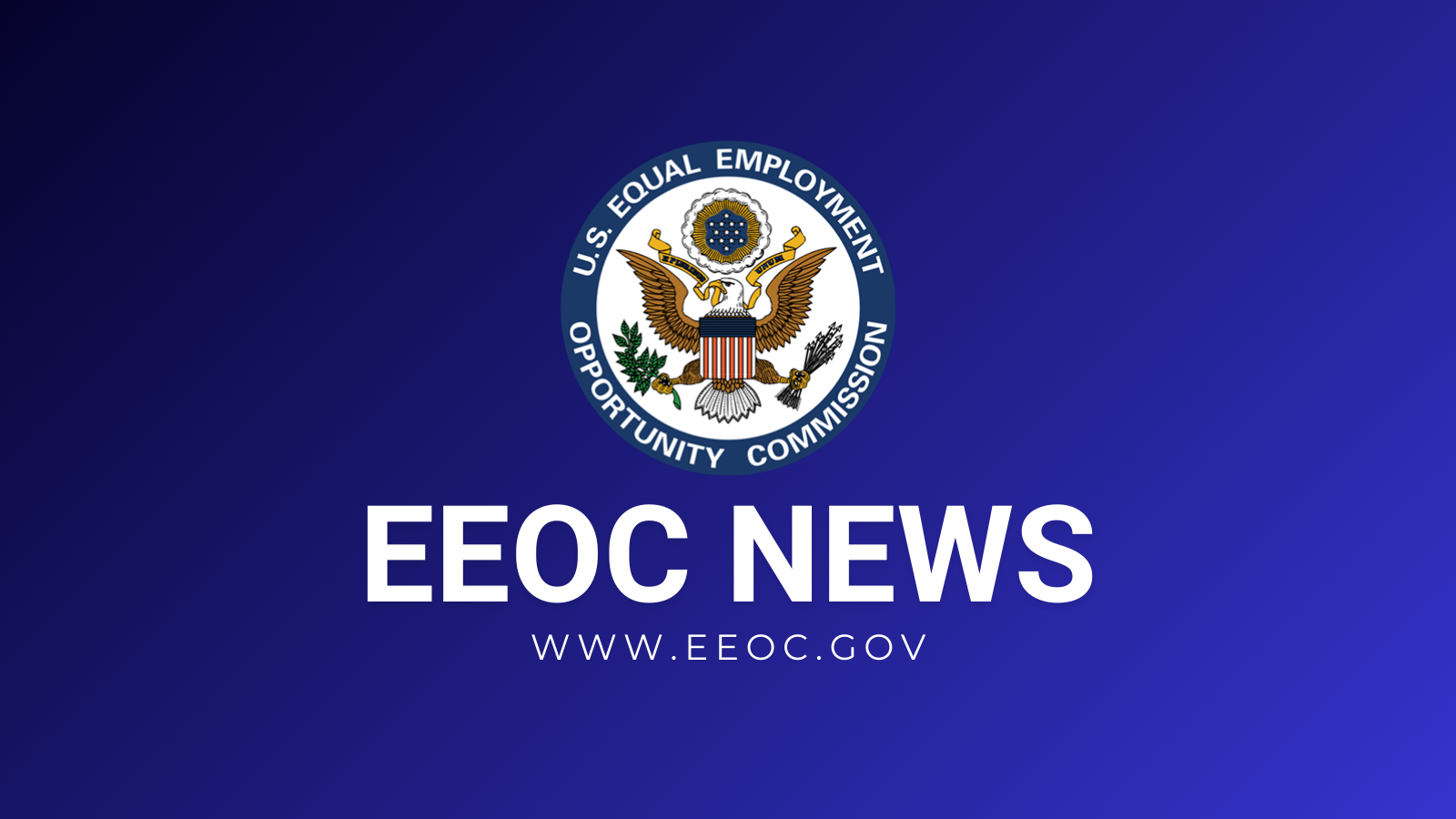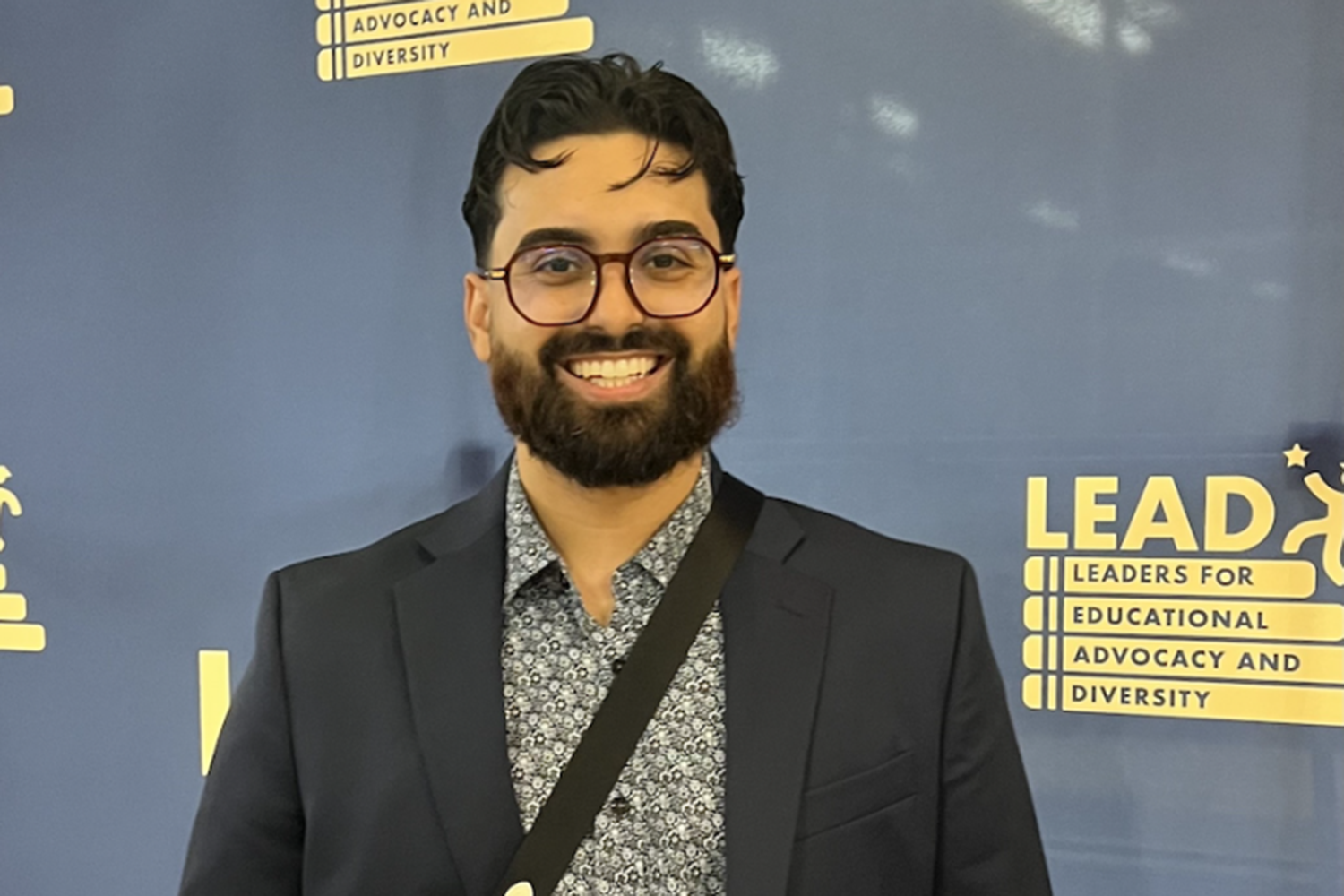Experts Warn of Rise in Medical Professionals Performing Female Genital Mutilation/Cutting in Asia – Yahoo Finance

Report on the Medicalisation of Female Genital Mutilation/Cutting in South and South East Asia
Introduction: A Barrier to Sustainable Development Goals
A new report highlights a concerning trend in South and South East Asia: the increasing medicalisation of Female Genital Mutilation/Cutting (FGM/C). This practice, performed by healthcare practitioners, represents a significant human rights violation and a direct impediment to achieving several Sustainable Development Goals (SDGs), particularly SDG 5 (Gender Equality) and SDG 3 (Good Health and Well-being). Evidence compiled from Brunei Darussalam, India, Indonesia, Malaysia, Pakistan, Singapore, Sri Lanka, and Thailand indicates that this trend is more prevalent in urban areas and disproportionately affects younger girls, undermining global efforts to eliminate harmful practices against women and children.
Key Findings and Contradictions to SDG Targets
Violation of SDG 5: Gender Equality
FGM/C is a form of gender-based violence rooted in discrimination, directly contravening the objectives of SDG 5. The elimination of all harmful practices, such as FGM/C, is a specific target (5.3) under this goal.
- FGM/C involves the partial or complete removal of external female genitalia for non-medical reasons, constituting a grave violation of the rights of women and girls.
- The practice is referred to by various local terms, including ‘female circumcision,’ ‘khatna,’ ‘khitna,’ and ‘sunat,’ but all forms are recognized as harmful.
- Medicalisation falsely legitimises the practice, creating the perception of medical acceptance and perpetuating gender inequality within health systems.
Undermining SDG 3: Good Health and Well-being
The involvement of healthcare professionals in performing FGM/C is a profound breach of medical ethics and undermines progress towards SDG 3. The practice offers no health benefits and causes severe short-term and long-term physical and psychological harm.
- The World Health Organization (WHO) estimates that 52 million women and girls globally have been subjected to FGM/C by a health worker.
- There is no medical justification for FGM/C. Its performance by medical personnel is incompatible with the fundamental duty to “do no harm.”
- Contrary to claims of harm reduction, some regional studies found that healthcare professionals were more likely to conduct severe forms of FGM/C, potentially causing more extensive damage.
Regional Analysis of Medicalisation
Prevalence and Institutional Failures (SDG 16)
The report details high rates of medicalisation across the region, exposing significant gaps in legal and institutional frameworks required to protect citizens, a core component of SDG 16 (Peace, Justice and Strong Institutions).
- Indonesia: Despite being the only country in the region with a law banning FGM/C by healthcare practitioners, nearly half of all procedures are performed by trained midwives.
- Malaysia: The practice has largely shifted from traditional practitioners to doctors, with a 2020 study showing 85.4% of doctors interviewed believed it should continue.
- Singapore: FGM/C is highly medicalised, with a 2020 study indicating that 47.3% of procedures were performed by doctors.
- Sri Lanka: A 2025 study revealed an increasing number of physicians in private clinics, particularly in metropolitan areas, are performing and advertising FGM/C services.
- Thailand: Reports indicate a rise in girls undergoing FGM/C in health facilities, with some doctors performing ten to twenty procedures monthly.
- Brunei, India, and Pakistan: Small-scale studies document a growing trend of medicalisation in these nations as well.
Recommendations for Action to Achieve the 2030 Agenda
To address this critical issue and accelerate progress towards the SDGs, the report outlines several key recommendations for governments and medical bodies.
- Strengthen Legal Frameworks (SDG 16): Enact and fully enforce comprehensive legislation that prohibits all forms of FGM/C, with explicit provisions to prevent and penalise its medicalisation.
- Promote Public Awareness (SDG 5): Conduct national awareness campaigns to educate the public on the harms of FGM/C and challenge the cultural and religious justifications used to sustain it.
- Ensure Professional Accountability (SDG 3): Mandate training for all healthcare professionals on the dangers of FGM/C and their ethical duty to refuse participation. National medical associations must issue clear guidance prohibiting the practice.
- Implement Robust Enforcement Mechanisms (SDG 16): Establish mandatory reporting mechanisms and strong whistleblower protections to empower healthcare practitioners to report incidents without fear of reprisal. Enforce meaningful sanctions against those who perform FGM/C.
Conclusion: A Call for Zero Tolerance
The medicalisation of FGM/C is not a solution but an entrenchment of a harmful practice that violates human rights and obstructs sustainable development. A zero-tolerance policy from governments, medical authorities, and international partners is essential. Collaborative action to implement stronger laws, ensure accountability, and raise awareness is urgently needed to protect the rights, health, and dignity of women and girls across Asia, ensuring the achievement of the Sustainable Development Goals is not compromised.
Analysis of Sustainable Development Goals in the Article
1. Which SDGs are addressed or connected to the issues highlighted in the article?
-
SDG 3: Good Health and Well-being
The article directly connects to SDG 3 by discussing Female Genital Mutilation/Cutting (FGM/C) as a harmful practice with severe health consequences. It highlights the physical and psychological problems FGM/C causes, both immediate and long-term. The involvement of healthcare professionals, which the article calls the “medicalisation” of FGM/C, is a central theme, directly implicating the health sector’s role in either perpetuating harm or promoting well-being. The article states that medicalisation “does not prevent physical, psychological, and emotional damage.”
-
SDG 5: Gender Equality
This is the most central SDG addressed. The article explicitly identifies FGM/C as being “rooted in gender discrimination” and a form of “gender-based violence.” The practice is described as a violation of the rights of women and girls. The entire discussion revolves around eliminating a harmful practice that specifically targets females, which is a core objective of SDG 5.
-
SDG 16: Peace, Justice and Strong Institutions
The article connects to SDG 16 by emphasizing the need for strong legal and institutional frameworks to combat FGM/C. It points out a “significant gap in legal protections” in most countries mentioned, with Indonesia being the only one with explicit laws against the practice. The text calls for governments to “enact and fully enforce comprehensive legislation,” establish “mandatory reporting mechanisms,” and ensure “accountability for healthcare providers,” all of which are elements of building effective and just institutions.
2. What specific targets under those SDGs can be identified based on the article’s content?
-
Target 5.3: Eliminate all harmful practices, such as child, early and forced marriage and female genital mutilation.
This target is directly and explicitly addressed. The entire article is about the prevalence and medicalisation of Female Genital Mutilation/Cutting (FGM/C) in South and South East Asia. It calls for an end to this specific harmful practice, detailing its persistence and the concerning trend of it being performed by medical professionals.
-
Target 3.8: Achieve universal health coverage, including financial risk protection, access to quality essential health-care services and access to safe, effective, quality and affordable essential medicines and vaccines for all.
While not explicitly stated, this target is relevant in its contravention. The article highlights how healthcare systems and professionals are failing to provide “safe” and “quality” care by performing FGM/C. The text notes that medicalisation “risks embedding it within health systems, undermining medical ethics.” This demonstrates a failure within the health system to protect patients and uphold the principle of “do no harm,” which is fundamental to quality healthcare.
-
Target 16.3: Promote the rule of law at the national and international levels and ensure equal access to justice for all.
The article’s repeated calls for legal action connect directly to this target. It urges governments to “enact and fully enforce comprehensive legislation prohibiting FGM/C” and to apply “meaningful sanctions against those conducting the practice.” The lack of such laws and enforcement in many of the mentioned countries demonstrates a failure to promote the rule of law to protect women and girls and ensure they have access to justice against this human rights violation.
3. Are there any indicators mentioned or implied in the article that can be used to measure progress towards the identified targets?
-
Indicator 5.3.2: Proportion of girls and women aged 15-49 years who have undergone female genital mutilation/cutting, by age.
The article provides data that directly relates to this indicator. It mentions that in Indonesia, “nearly half of all procedures are now done by trained midwives,” and a 2020 study in Singapore found that “47.3% of respondents who’d undergone FGM/C were cut by doctors.” It also notes that “younger girls are more likely to be subjected to FGM/C by healthcare practitioners than older generations,” which aligns with the indicator’s requirement to disaggregate data by age. These statistics are used to measure the prevalence and nature of FGM/C.
-
Implied Indicator: Existence of legal frameworks to prohibit and eliminate FGM/C.
The article strongly implies the need for this indicator by highlighting the lack of protective laws. It states, “Indonesia remains the only country in the region with laws or policies that explicitly ban the performance of FGM/C.” The call for “stronger laws” and “zero-tolerance policies” suggests that tracking the number of countries with comprehensive legislation against FGM/C is a key measure of progress.
-
Implied Indicator: Proportion of healthcare professionals trained on the harms of FGM/C and their ethical duty to abstain.
The article implies this indicator by recommending that governments “mandate training for healthcare professionals” and calling for “clear guidance from national medical associations.” The finding that a 2020 study in Malaysia showed “85.4% of the doctors interviewed stated that female genital cutting should continue” demonstrates a clear gap in training and ethical understanding, making the measurement of such training a crucial indicator of progress.
4. Table of SDGs, Targets, and Indicators
| SDGs | Targets | Indicators |
|---|---|---|
| SDG 5: Gender Equality | Target 5.3: Eliminate all harmful practices, such as child, early and forced marriage and female genital mutilation. | Indicator 5.3.2: Proportion of girls and women aged 15-49 years who have undergone female genital mutilation/cutting, by age. (Referenced in the article through statistics on prevalence, such as “47.3% of respondents who’d undergone FGM/C were cut by doctors” in Singapore). |
| SDG 16: Peace, Justice and Strong Institutions | Target 16.3: Promote the rule of law at the national and international levels and ensure equal access to justice for all. | Implied Indicator: Existence of legal frameworks to prohibit and eliminate FGM/C. (Implied by the article’s statement that only Indonesia has explicit laws and the call for “comprehensive legislation”). |
| SDG 3: Good Health and Well-being | Target 3.8: Achieve universal health coverage, including… access to quality essential health-care services… | Implied Indicator: Proportion of healthcare professionals trained on the harms of FGM/C and their ethical duty to abstain. (Implied by the recommendation to “mandate training for healthcare professionals” and the finding that many doctors in Malaysia support the continuation of FGM/C). |
Source: finance.yahoo.com

What is Your Reaction?
 Like
0
Like
0
 Dislike
0
Dislike
0
 Love
0
Love
0
 Funny
0
Funny
0
 Angry
0
Angry
0
 Sad
0
Sad
0
 Wow
0
Wow
0














































.jpg.webp?itok=0ZsAnae9#)







:focal(1500,1000)/https://media.globalcitizen.org/a6/9a/a69a4720-d8a1-4715-b596-18738d03c05c/rotary_polio_hero_image.jpg?#)

/countries/sri-lanka/photo-credit---dmc-sri-lanka.tmb-1200v.jpg?sfvrsn=dc298bcc_1#)



















